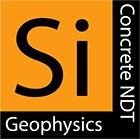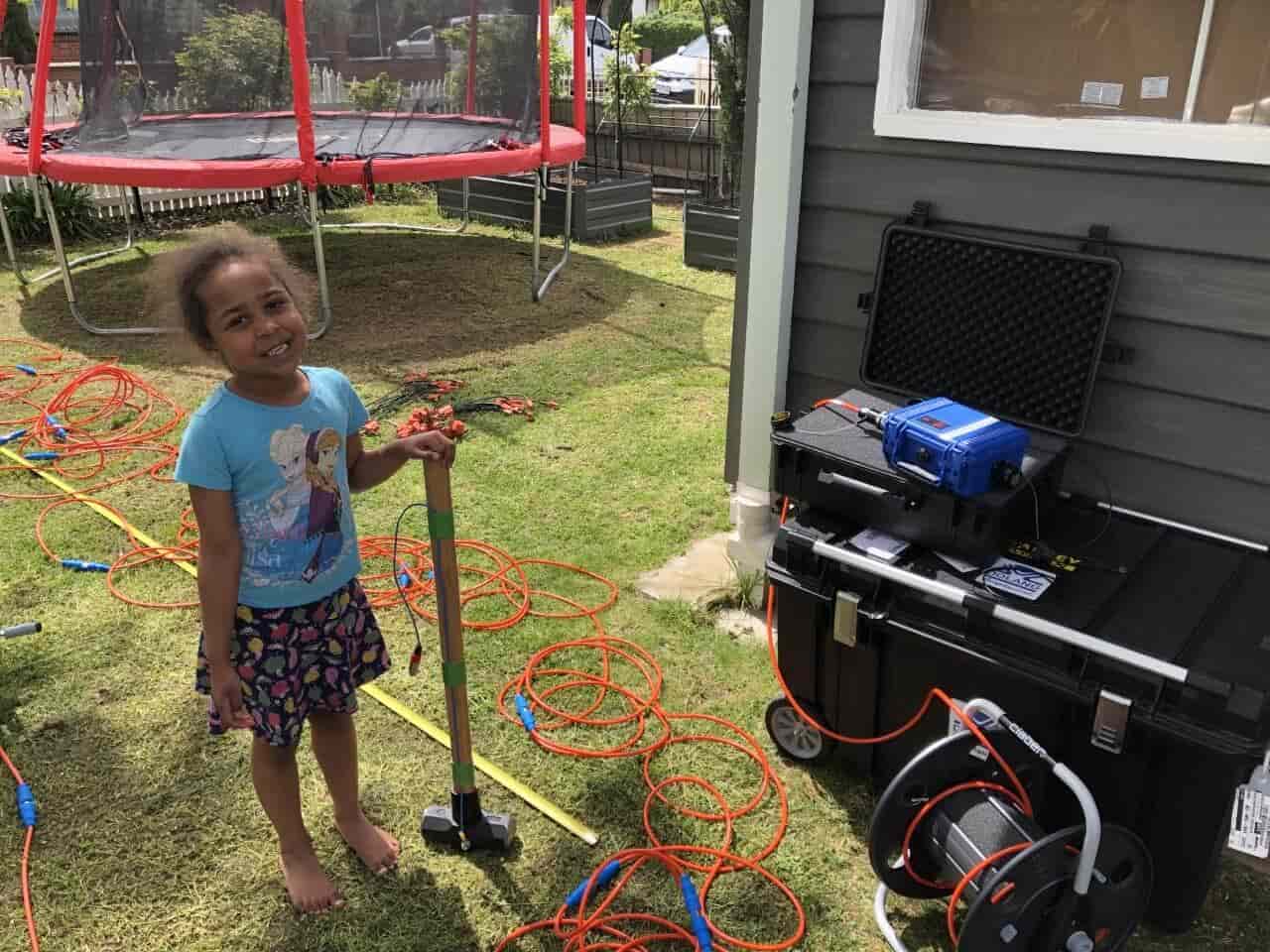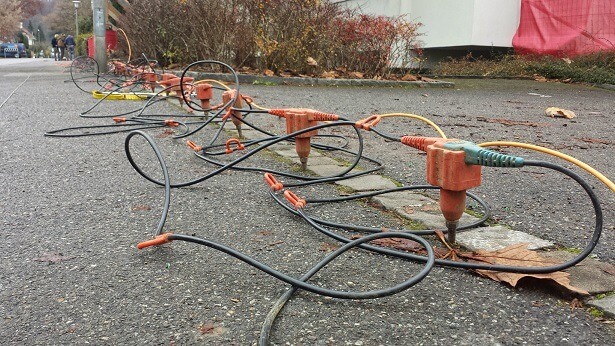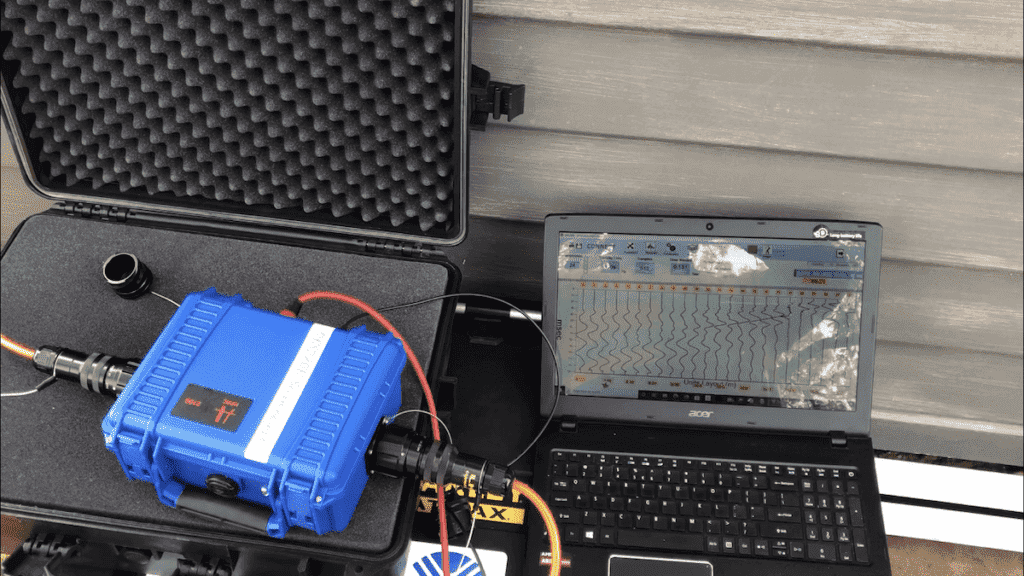Shear wave velocity (Vs) and its other forms like Vs30 are directly related to earth stiffness and load bearing capacity which are the biggest unknowns on any civil engineering project, hence are key in: engineering design, geo-hazard risk assessment and site investigations/ appraisals for most infrastructural development projects (land and marine).
Multi-channel analysis of surface waves (MASW) methods is increasingly taking centre-stage as reliable and quick method as it offers engineers dynamic properties required for accurate determination of moduli parameters, bearing capacity, logical correlation of geotechnical data and seismic engineering in known or unknown geology.
Benefits
Bedrock and Stratigraphy mapping
- Depth-to-bedrock assessment
- Lithological definition, stratigraphy mapping and bedrock profiling
- S-wave velocities [Vs] of weathered zone layers to bedrock.
S-waves / P-wave velocities and Lithology
- Vp, (or and) Vs distribution tomography, Vs30 maps of the site.
- Dispersive analysis of horizontal Rayleigh and Love waves through
different formations with depth for seismic engineering design
Dynamic moduli parameters, Site characterisation and Seismic engineering
- Site soil categorization and analysis of ground strength (stiffness) and
inferred load bearing capacity mapping based on Vs and Vs30.
- Quantification and analysis of geo-mechanics dynamic
elastic moduli parameters for geotechnical and seismic engineering.
Geo-hazard risk analysis mainly: faults, fractures, seismic risk indexing liquefaction characterization, ground response to earthquakes
Method
In accordance to ASTM D777-00(2011)e1 standard, our survey design, data acquisition, data processing, interpretation and reporting format meets industry standards.
Depending on the task we can design surveys and acquire P-wave refraction and MASW using either traditional 24/48 channel set-ups, distributed systems or continuous profiling roll-along techniques to acquire several kilometres profiles data.
Data Processing and Interpretation
Data processing and interpretation is done using industry-standard software(s) namely (REFLEXW™, RADEXPRO™ and PARKSIES™) based on dispersion analysis and inversion.
QA/QC
Strata imaging provides high-end specialised verification processing audits. Our QA/QC techniques include forward ray-tracing, inversions and refraction tomography analysis.






